Do you remember Thomas Edison? The inventor of the light bulb, whose fame is also due to perspiration? Do not get me wrong. I am referring to his famous saying about how great things happen with 1% inspiration and 99% perspiration.
If we apply the words of Edison to the world of disaster risk management, we find that many of us have good ideas but, at most, we fail to implement them. To paraphrase Edison, we usually stay at the 1% of effort and for some reason we do not reach the remaining 99%. The proof of this is in the current situation of Latin America and the Caribbean. The estimated cost of the impact of adverse natural events in the region is more than U.S. $ 2.000 million per year. In part, because Latin America is located in an area prone to natural hazards, and also because it has not taken sufficient prevention measures, nine of the twenty countries most exposed to an economic impact of a disaster are located in the region.
Nevertheless, this does not mean that no progress has been made. The disaster risk reduction is increasingly on the agenda of governments in Latin America. Much of this progress is due to advances in prevention through risk assessment, with the support of new technologies.
Very soon, in Brazil, we will have a chance to see the talents of community risk prevention in action. From the 12th to the 14th of November, the first local session will take place in Belo Horizonte. It will be one of the world's most important events on risk assessment: Understanding Risk Brazil (URBR), a marathon of ideas where experiences and innovations in the area of risk assessment are shared.
This type of opportunities create an ideal atmosphere to inspire risk management experts -reaching the famous 1% effort mentioned by Edison. But that is only the first step.
Then we will be able to transfer that risk knowledge to governments -the famous other 99% -, so they can take action, create plans, programs and policies to reduce the risk of the most vulnerable.
When the will and knowledge get together to protect the most vulnerable to earthquakes, hurricanes or floods, the results tend to be extremely positive. Examples of this are found in all regions of the world, as presented in July this year in the last international edition of the Understanding Risk Forum in South Africa (UR2012):
- The CAPRA Initiative (Probabilistic Risk Assessment), which two years ago was only a prototype is now being used in several countries in Latin America and South Asia;
- The Open Data initiative, which began timidly after the earthquake in Haiti, can now be seen in several projects in Africa with Open Street Map;
- The Global Earthquake Model (GEM), only a concept in UR2010, was used shown and used in UR2012 and trainings on how to use the software were taught;
- And, finally, advances in applications of financial strategies, based on knowledge of risk of various countries.
I hope we get the change to stay in touch again after Understanding Risk so we can discuss the progress of the 99% perspiration in the world of risk management.
I am convinced that if we intend to work with the same goal, we can manage to understand more complicated problems. But understanding the problem is only the first step.
Understanding Risk Brazil 2012
URBR Programming Schedule
URBR Programacao
DaLA Alagoas
DaLA Pernambuco
DaLA Rio de Janeiro
DaLA Santa Catarina
